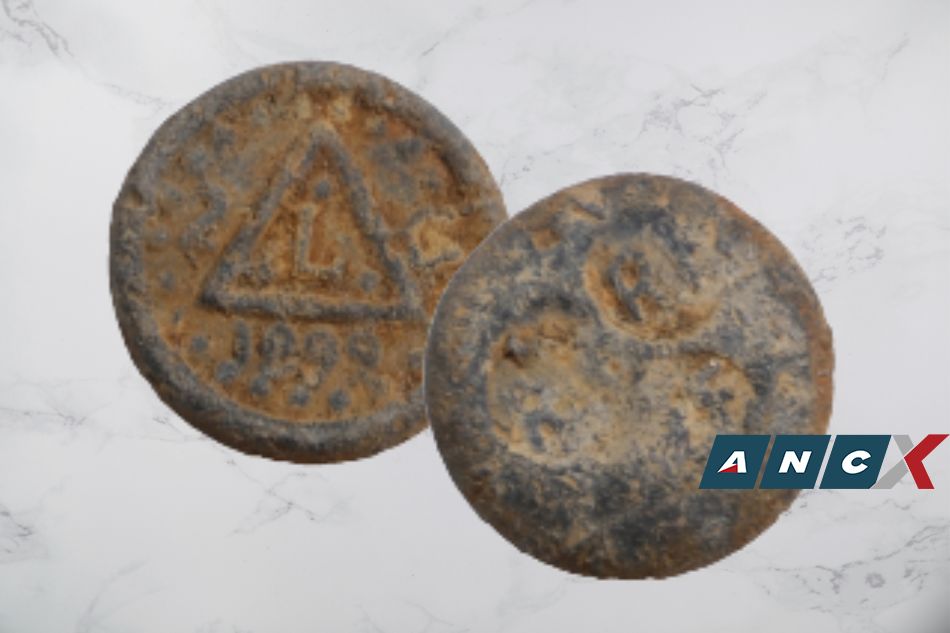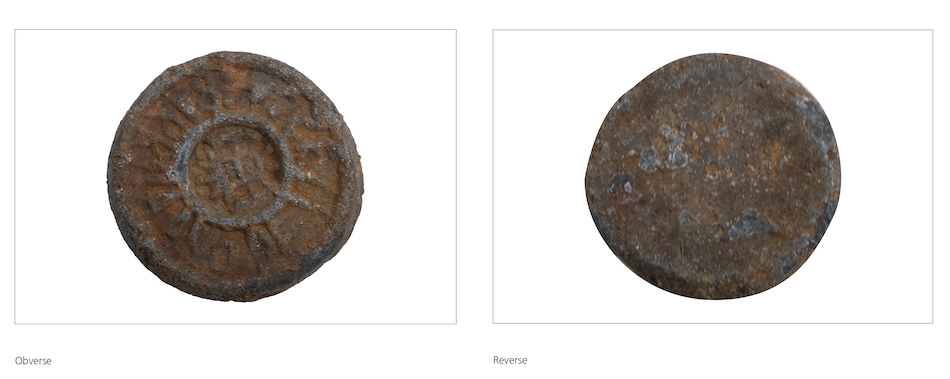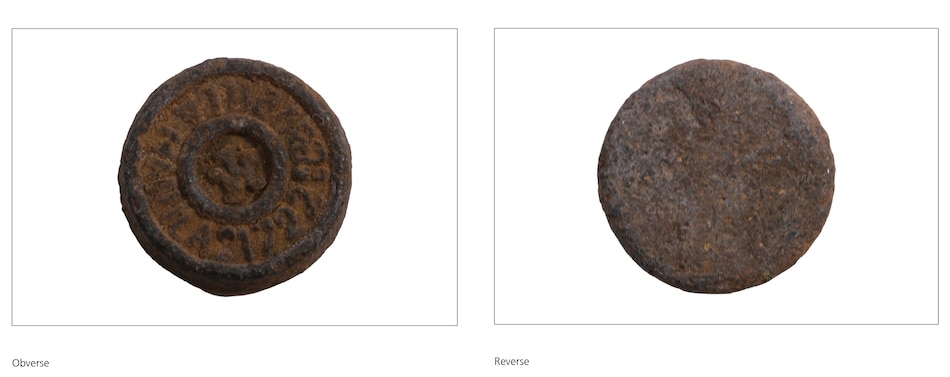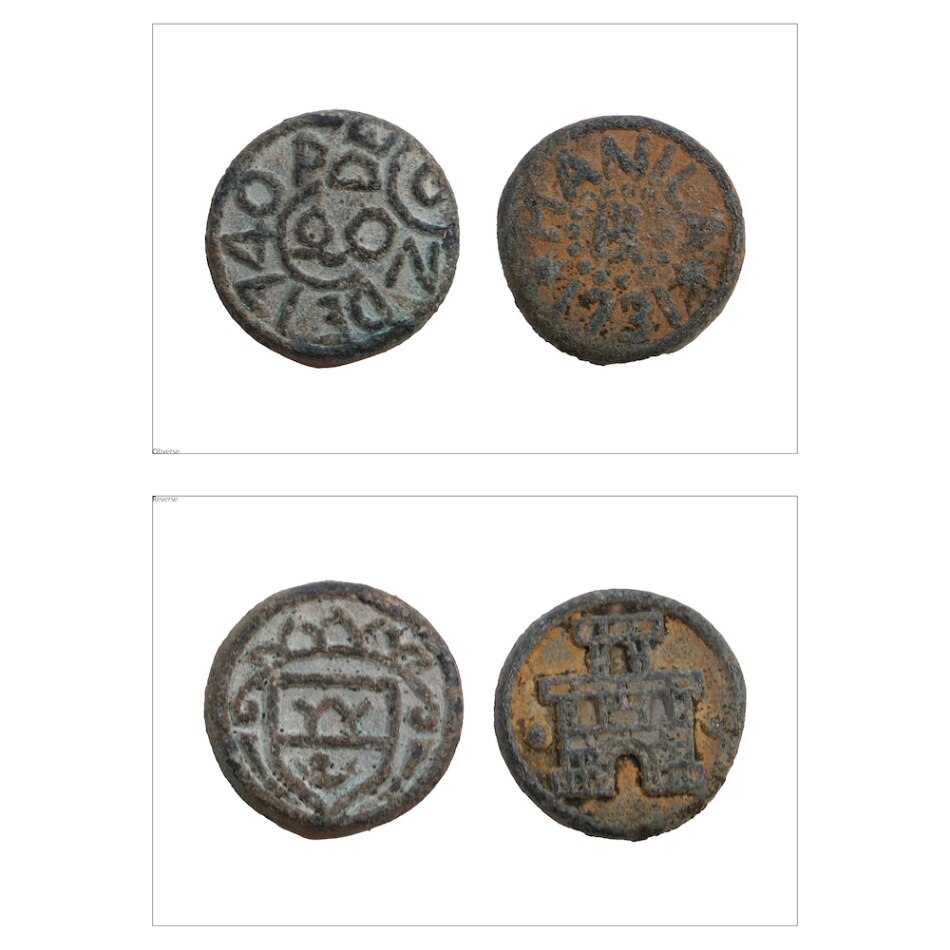León Gallery has achieved another record, but this time, not for works of fine art but a pocket-sized piece of our history.
Just 118 lots into the first day of its León Exchange 29th Online Auction, the auction house broke the record for the most expensive Philippine coin ever sold in the country -- an 1899 barilla dating from the time of the first Philippine Republic, when the country had just declared its independence from Spain.
The said barilla commanded a striking sum of P1.4 million, nearly 29 times its modest starting price of P50,000. It was only less than five minutes into the bidding when the coin snatched this stunning achievement.
In an interview with León Gallery, antique and history buff and investment banker Sandy Lichauco says that among the four lots of barillas that were offered in the auction, the now-record holder was the one he knew “would be the best performer given its historical value.”
“The other barrillas came at a time when there was a need for loose change in a growing economy in Manila at that time. But this token or this particular barilla was suspected to have been used specifically for a particular area at a very important time in our history: at the time when General Lawton won the battle of Laguna de Bay and the need for small change had to be addressed,” Lichauco adds.
He continues: “I say ‘suspected’ because the only source of information for it is the account of Dra. Angelita Legarda [the noted numismatist and collector], who had specifically written about the coin and its ‘suspected use’ in a monograph of the Bangko Sentral ng Pilipinas back in 1978, at the same time she had received this specific coin from a collector. So again, the historical value and strength of the provenance of the coin [is the reason] why it ‘outperformed’ the other coins in the auction.”
Lichauco says he was “pleasantly surprised and very happy” upon hearing the news of this record-breaking success. “For a while, I was doubting whether any buyers would come in given that the coins, all five barrillas, were not certified by a third-party grader (TPG). But the results proved otherwise and showed the strength of the history behind the coins and the strength of the provenance of these coins,” he remarks.
Asked about the significance of this achievement, Lichauco says: “It shows that there are still ‘real collectors’ out there who are willing to buy a coin because of [its] history. The fact that it is record-breaking is a testament to this fact, that there is really no amount of money that can be paid for the true understanding and experience of owning a part of our history.”
León Gallery’s barilla offerings are accompanied by a copy of a memo of receipt dated June 7, 1978, issued by the Bangko Sentral ng Pilipinas’ money museum and signed by Legarda herself. This document added an extra weight of authenticity to the value of these historic coins.
The three other barilla lots also sold for very impressive prices: a pair of barillas from 1731 and 1740 selling for P793,056, a 1732 barilla going under the hammer for P552,736, and a 1722 barilla racking up P444,592.
The barilla, from which the Filipino word barya originated, was the Spanish colonial government’s response to the need for fractional currency or small change “at a time when the Spanish silver cobs and Dos Mundos 8 reales circulated in the Spanish Philippines,” as the León Gallery catalog puts it. Barilla coins are highly coveted by numismatists because of their rarity; only a limited number of these coins were minted and circulated and were valid only in Manila.





